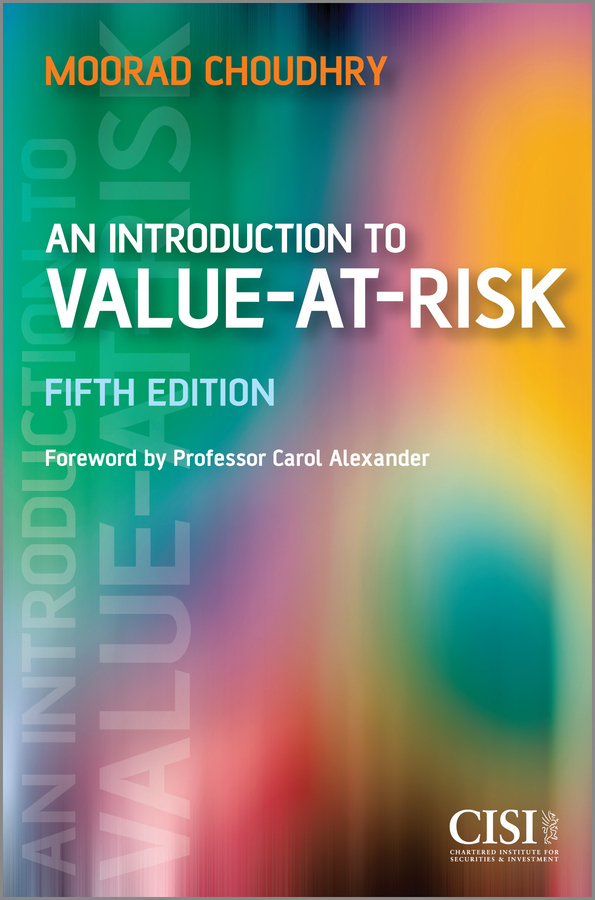Электронная книга: Alexander Carol «An Introduction to Value-at-Risk»

|
The value-at-risk measurement methodology is a widely-used tool in financial market risk management. The fifth edition of Professor Moorad Choudhry’s benchmark reference text An Introduction to Value-at-Risk offers an accessible and reader-friendly look at the concept of VaR and its different estimation methods, and is aimed specifically at newcomers to the market or those unfamiliar with modern risk management practices. The author capitalises on his experience in the financial markets to present this concise yet in-depth coverage of VaR, set in the context of risk management as a whole. Topics covered include: Defining value-at-risk Variance-covariance methodology Portfolio VaR Credit risk and credit VaR Stressed VaR Critique and VaRduring crisis Topics are illustrated with Bloomberg screens, worked examples and exercises. Related issues such as statistics, volatility and correlation are also introduced as necessary background for students and practitioners. This is essential reading for all those who require an introduction to financial market risk management and risk measurement techniques. Foreword by Carol Alexander, Professor of Finance, University of Sussex. Издательство: "John Wiley&Sons Limited"
ISBN: 9781118316702 электронная книга Купить за 5853.56 руб и скачать на Litres |
Другие книги автора:
| Книга | Описание | Год | Цена | Тип книги |
|---|---|---|---|---|
| Practical Financial Econometrics (+ CD-ROM) | Written by leading market risk academic, Professor Carol Alexander, Practical Financial Econometrics forms part two of the Market Risk Analysis four volume set. It introduces the econometric… — Wiley, - Подробнее... | бумажная книга |
См. также в других словарях:
Value Measuring Methodology — (or VMM) is a tool that helps planners balance both tangible and intangible values when making investment decisions, and monitor benefits.Formal methods to calculate the Return on Investment (or ROI) have been widely understood and used for a… … Wikipedia
Risk — takers redirects here. For the Canadian television program, see Risk Takers. For other uses, see Risk (disambiguation). Risk is the potential that a chosen action or activity (including the choice of inaction) will lead to a loss (an undesirable… … Wikipedia
Risk adjusted return on capital — (RAROC) is a risk based profitability measurement framework for analysing risk adjusted financial performance and providing a consistent view of profitability across businesses. The concept was developed by Bankers Trust in the late 1970s. Note,… … Wikipedia
Risk management — For non business risks, see risk, and the disambiguation page risk analysis Example of risk management: A NASA model showing areas at high risk from impact for the International Space Station. Risk management is the identification, assessment,… … Wikipedia
Risk aversion — is a concept in psychology, economics, and finance, based on the behavior of humans (especially consumers and investors) while exposed to uncertainty. Risk aversion is the reluctance of a person to accept a bargain with an uncertain payoff rather … Wikipedia
Risk equalization — is a way of equalizing the risk profiles of insurance members in order to reduce premium differences to some predetermined extent.In competitive markets for individual health insurance, risk rated premiums are observed to differ across subgroups… … Wikipedia
